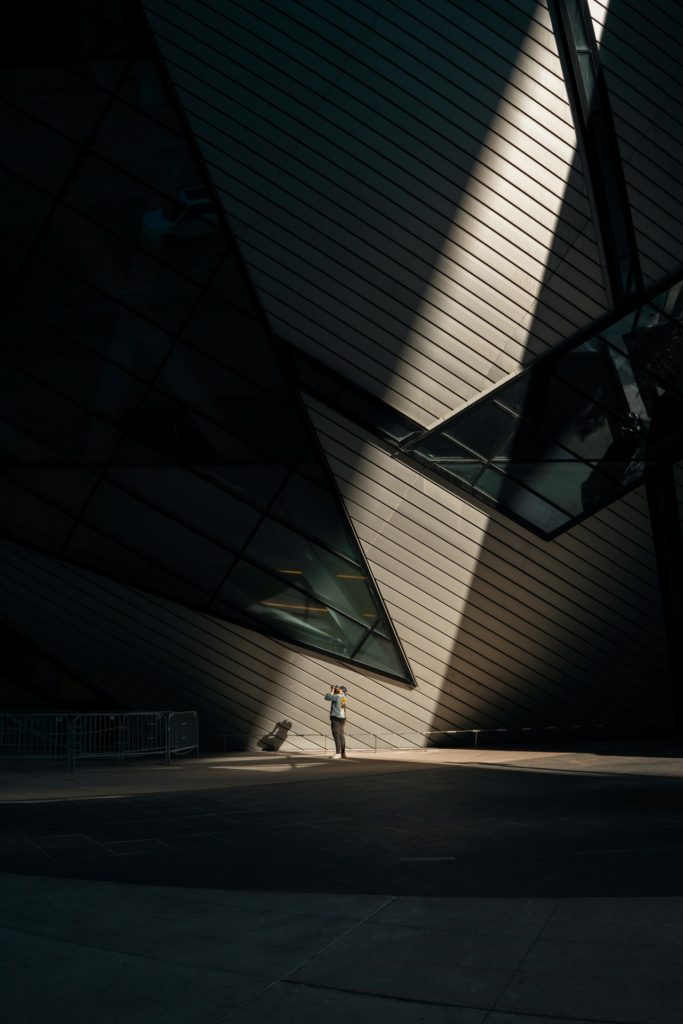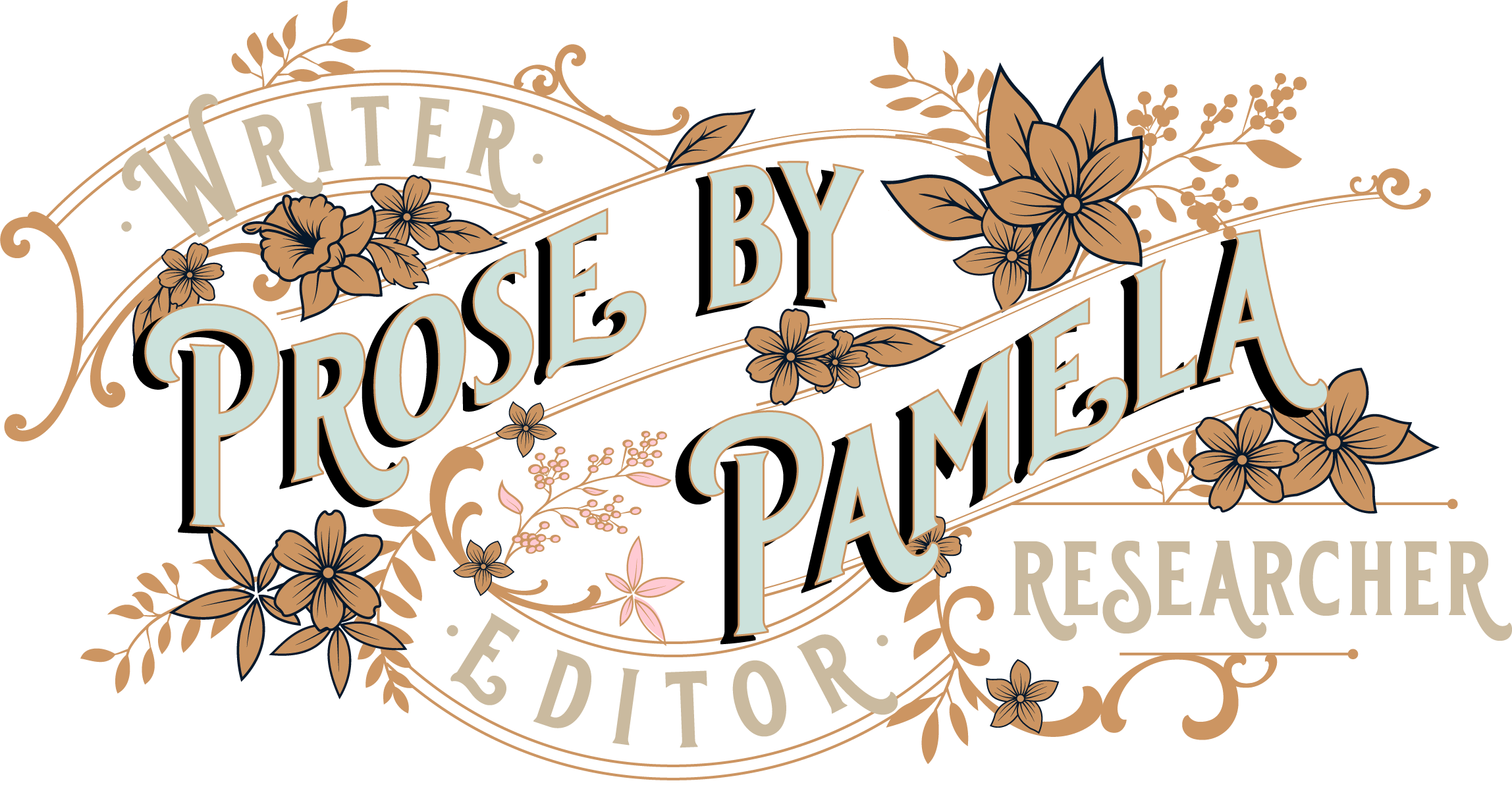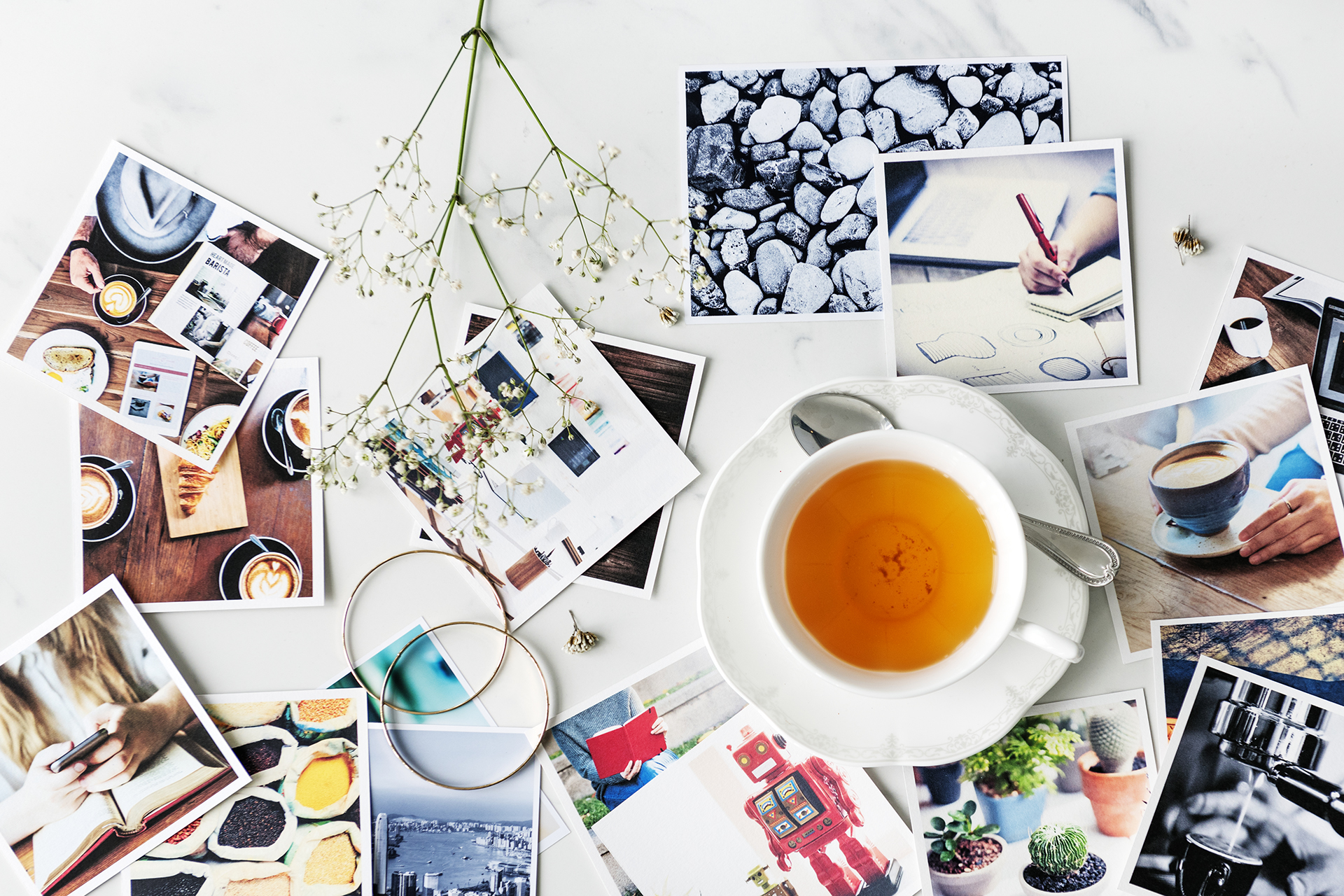I’ve got a Pinterest board dedicated entirely to images that spark ideas. Some of my best ideas come to me almost in passing and are almost always prompted by something I’ve seen or heard. Pictures are powerful. They can evoke mood, promote action, and even change our perceptions. It’s that power that makes images such a potent tool in any writer’s arsenal.
While it’s easy to say that a writer can “use images for inspiration,” in and of itself it’s a relatively unhelpful statement. Inspiration alone doesn’t put words on a page. So here are five ways you can use images for inspiration, to kickstart your ideas, or streamline your prose.
1. Use them as writing prompts
We all know the silent judgement of a blank page, which is why using an image as a writing prompt is perhaps the most common and accessible way to use images for inspiration. The way I most often use them is for automatic writing. I’ll spend a minute or two looking at a picture, set a timer for ten minutes, then write whatever pops into my head! Most of what I write that way isn’t immediately usable, but occasionally there will be a gem in what I produce in those ten minutes that I can save for later, or just the act of writing random things will kickstart my imagination, getting me out of whatever rut I might have found myself in.
If I want to find inspiration for a particular story or project, I’ll actively choose an image that either represents a specific facet of the story I’m creating (for instance, a work of art that resembles a character) or evokes the right mood for a scene I’m stuck on. That way, whatever I come up with will have the highest chance of sparking the idea I need to get me over the finish line. But sometimes I just want to write for the joy of it. In those cases, I will either choose an image I’ve saved previously for a future writing prompt, check the front page of an image library and use the first image there, or even use a random image generator for something completely out of left field.
2. Create realistic dialogue by having characters discuss the content of an image
Writing realistic dialogue is one of the hardest parts of writing. It’s far too easy to fall into the trap of cliche or forget to write your characters with unique voices. Just like real people don’t always see things the same way, your characters won’t either.
If you want to work on your dialogue, or giving your characters a unique voice, pick an image that could be divisive in some way and write your characters discussing it. This could be a work of art that’s open to interpretation, or a photograph of a political rally in which your characters fall on opposite sides of the political divide. Try to see both sides of the discussion, and really examine how your characters might express themselves. Is one of them calm? Emotional? Direct? Angry? Even if the conversation you write is never one they would have in your story, the act of creating the dialogue and focusing on their unique voices will carry forward to your finished project.
3. Use them as a backdrop for a character study
Good characterisation is one of the most important parts of any work of either fiction or non-fiction. A fiction writer needs to have a good grasp of the personalities, likes, dislikes, quirks, and goals of their creations. Non-fiction writers need to have a good grasp of their subject matter. Using an image for inspiration can really help flesh those characters out, whether they’re real or imaginary.
Most writers will have an idea in their head of what their character looks like, and what they value. It shouldn’t be too hard to find a picture online of someone or something that looks enough like your character to serve as a visual cue. By using a picture as a base, you can start to delve into the details of your character, not only by analysing the image itself, but by analysing how your own character might differ from it. Analyse looks, stance, attitude, pose, props, location. How does each of these elements come together to create the character you want to represent?
4. Observe the details of the image and practice world-building
If there’s a particular image you come across that immediately sparks your imagination, make sure to save it. When you have a quiet moment, bring it up and really take the time to analyse its details. Sometimes going over an image with a fine-toothed comb will let you see details you hadn’t noticed before and which can help you pinpoint ways to add depth and nuance to your writing.
By observing the details you can really flex your creative muscles and give your imagination free reign, or really help non-fiction writers build a sense of place for their readers. To give an example, I went to pexels.com and found this photo, taken by Bekir Donmez, on the front page.

The things that immediately jump out at me are the scale and the interplay of light. But on closer inspection, the fashion of the photographer by the building comes into focus, as does the steel fencing designed for crowd control. To me, what this evokes is a sense of unease, like the calm before the storm. Perhaps the photographer is a voice of dissent, capturing the aftermath of a political coup for an underground news network? Perhaps the stark architectural lines and monochromatic lighting belong to an alien planet where minimalism is endemic to their culture, and their planet’s distance to the sun means they live perpetually in the cold and dark? You can really let your creative juices flow. For fiction writers, the reality of what is pictured is beside the point. Instead, let the details of the image guide your imagination in ways you might never have considered.
For a non-fiction writer, this image can serve as a different way to build your world. After using the image as a creative outlet, I used the same image to compile some facts to help build a sense of place. The building pictured is the Royal Ontario Museum in Toronto, Canada, and the piece we’re looking at is the steel-framed Michael Lee-Chin “Crystal,” designed by Daniel Libeskind. It is constructed of 25% glass and 75% aluminium, and its angular design courted controversy from the very beginning, especially when juxtaposed with the museum’s original Italianate and Neo-Romanesque design. There is a lot of scope for a non-fiction writer to use this image as a starting point to build a sense of Toronto and its culture. Knowing where the image is located, which part of the city it represents, and the controversy that surrounds it can really help flesh out a place, and make it feel real to your readers.
5. Evoke Mood
The simplest way to use an image for inspiration is as part of a mood board. Sometimes it’s good to have some images you can refer back to and reference when you need to remind yourself what feelings you want to evoke in your readers. If you’re in the right headspace, it’s easier to communicate it through your prose. If you’re writing dystopian science-fiction, choose images that make you feel the way you want your readers to feel. Writing romance? Pick colour palettes and photographs that represent the kind of love you’re writing (is it wholesome? Erotic? The mood you’re in will set the tone for your readers). Horror? Is it dark and claustrophobic woodlands, or ancient, creaky haunted houses?
The right image and colour palette can really help kickstart your inspiration. I do weekly writing exercises based on a self-curated mood board where I pick a quote, a word, a colour, and some images to help inspire my creativity. While I use these as writing prompts, I will also do expanded versions of the same in preparation for commissions, or stories and novels of my own. By taking some time to compile images that I feel evoke the mood and tone of what I want my project to convey, I make sure that I’m always in the right frame of mind to start writing.
Do you use images for inspiration in your own writing? What techniques have your found work best for you? Feel free to share your experiences in the comments, or shoot me a message.





0 Comments